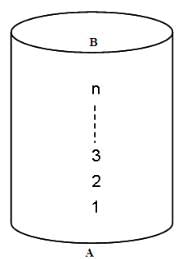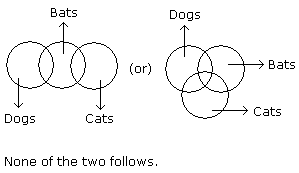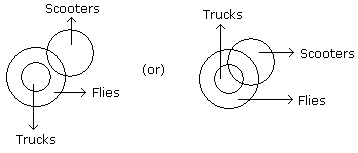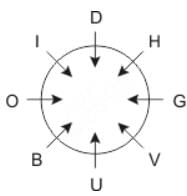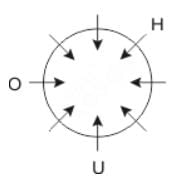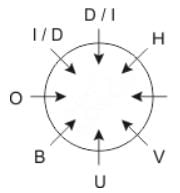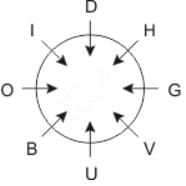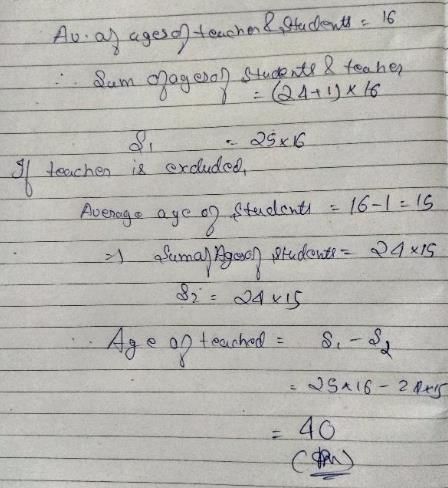DSSSB TGT Natural Science Mock Test - 6 - DSSSB TGT/PGT/PRT MCQ
30 Questions MCQ Test DSSSB TGT Mock Test Series 2025 - DSSSB TGT Natural Science Mock Test - 6
Consider the following statements:
- The discussions in the Third Round Table Conference eventually led to the passing of the Government of India Act of 1935
- The government of India Act of 1935 provided for the establishment of an All India Federation to be based on a Union of the provinces of British India and the Princely States. Which of the statements given above is/are correct?
How many centuries in Tests did Sunil Gavaskar bag when he retired?
______ is a multibranched polysaccharide of glucose that serves as a form of energy storage in animals and fungi.
Which national highway connects Delhi and Kolkata via Mathura and Varanasi?
Which commission made the recommendations which formed the basis for the Punjab Reorganisation Act which created the states Punjab and Haryana?
Which state Governor has given his nod to the State's Freedom of Religion (Amendment) Act?
Which state is to host the First Ever World Table Tennis (WTT) Series Event in India?
Which actor has become the only Indian to feature on a British magazine's list of 50 greatest actors?
Nishu starting from a fixed point goes 15 km towards North and then after turning to his right he goes 15 km. Then he goes 10, 15 and 15 Km after turning to his left each time. How far is he from his starting point?
Directions to Solve
In each of the following questions, five words have been given out of which four are alike in some manner, while the fifth one is different. Choose the word which is different from the rest.
Question -
Choose the word which is different from the rest.
Directions to Solve
In each of the following questions two statements are given and these statements are followed by two conclusions numbered (1) and (2). You have to take the given two statements to be true even if they seem to be at variance from commonly known facts. Read the conclusions and then decide which of the given conclusions logically follows from the two given statements, disregarding commonly known facts.
Give answer:
- (A) If only (1) conclusion follows
- (B) If sonly (2) conclusion follows
- (C) If either (1) or (2) follows
- (D) If neither (1) nor (2) follows and
- (E) If both (1) and (2) follow.
Question -
Statements: Some dogs are bats. Some bats are cats.
Conclusions:
- Some dogs are cats.
- Some cats are dogs.
Directions to Solve
In each of the following questions two statements are given and these statements are followed by two conclusions numbered (1) and (2). You have to take the given two statements to be true even if they seem to be at variance from commonly known facts. Read the conclusions and then decide which of the given conclusions logically follows from the two given statements, disregarding commonly known facts.
Give answer:
- (A) If only (1) conclusion follows
- (B) If sonly (2) conclusion follows
- (C) If either (1) or (2) follows
- (D) If neither (1) nor (2) follows and
- (E) If both (1) and (2) follow.
Question -
Statements: All the trucks are flies. Some scooters are flies.
Conclusions:
- All the trucks are scooters.
- Some scooters are trucks.
Pointing to a photograph Lata says, "He is the daughter of the only son of my grandfather." How is the man in the photograph related to Lata?
Directions to Solve
P, Q, R, S, T, U, V and W are sitting round the circle and are facing the centre:
- P is second to the right of T who is the neighbour of R and V.
- S is not the neighbour of P.
- V is the neighbour of U.
- Q is not between S and W. W is not between U and S.
Question - Which of the following is correct?
Find the one which does not belong to that group ?
If ZIP = 198 and ZAP = 246, then how will you code VIP?
Directions: Study the following information carefully and answer the question given below.
Eight people O, H, U, V, I, D, B and G are sitting around a circular table facing the centre.
O is sitting second to the left of U and third to right of H. D and I are immediate neighbors of each other and one of them is an immediate neighbor of O. V is sitting second to the right of B. G is sitting second to the left of D.
Q. Which of the following persons sitting between H and V?
Study the following line graph and answer the questions based on it.
Number of Vehicles Manufactured by Two companies over the Years (Number in Thousands)
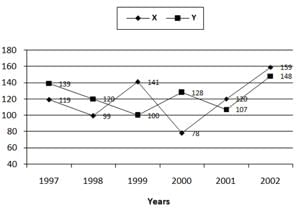
Q.
What is the difference between the number of vehicles manufactured by Company Y in 2000 and 2001?
The average age of 24 students and the class teacher is 16 years. If the age of the class teacher is excluded the average reduces by 1 year. What is the age of the class teacher?
There are 20 students in Mr Rahul Ghosh’s class. He conducts an examination out of 100 and then arranged the marks in an ascending order. He found Chandan, the topper of the class, had slipped to the tenth position. When he was adding the scores of the last 11 students the average was 64 and that of the top 10 was 67. If the average marks obtained by all the students of his class was 65, how many marks did Chandan score?
If 8 boys and 12 women can do a piece of work in 25 days, in how many days can the work bedone by 6 boys and 11 women working together?
A can do a piece of work in 20 days. He works at it for 5 days and then B finishes it in 10 moredays. In how many days will A and B together finish the work?
In an election contested by two parties A and B, party A secured 25 percent of the total votes more than Party B. If party B gets 15000 votes. By how much votes does party B loses the election?
A vendor sells 50 percent of apples he had and throws away 20 percent of the remainder. Next day he sells 60 percent of the remainder and throws away the rest. What percent of his apples does the vendor throw?
On her birthday, Ritu distributes 124 chocolates in her class. She gives 4 chocolates to each girl and 3 chocolates to each boy. If she had given 2 chocolates to each boy and girl, she would have saved 52 chocolates. The ratio of number of girls to boys in Ritu's class is:
A shopkeeper marks his goods at 40% above the cost price and allows a discount of 40% on the marked price.
What is his loss or gain percentage?
Consider a cylinder of height h cm and radius r = 2/π cm, as shown in the figure (not drawn to scale). A string of a certain length, when bound on its cylindrical surface starting at point A and ending at point B, gives a maximum of n turns (in other words, the string's length is the minimum length required to wind n turns). What is the vertical spacing in cm between the two consecutive turns?
